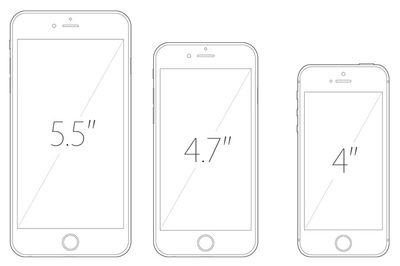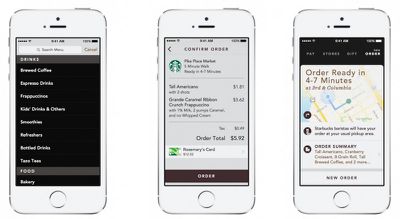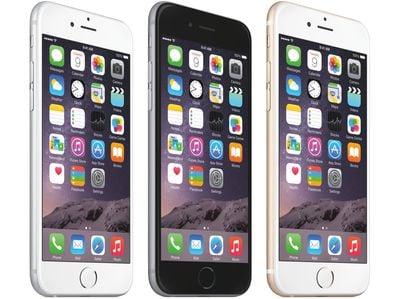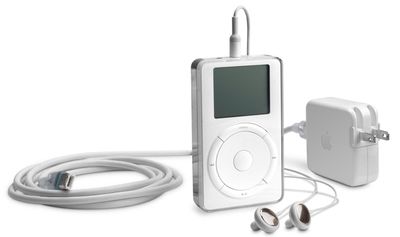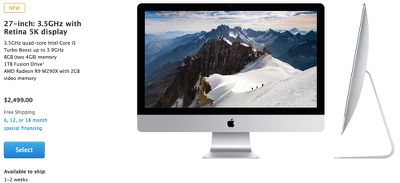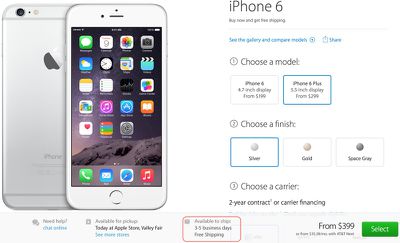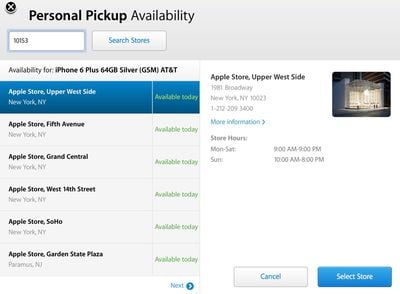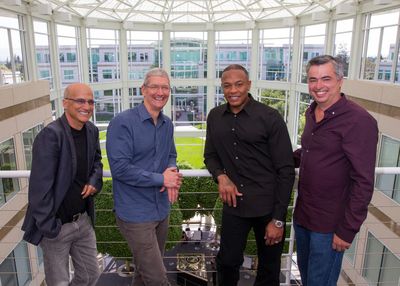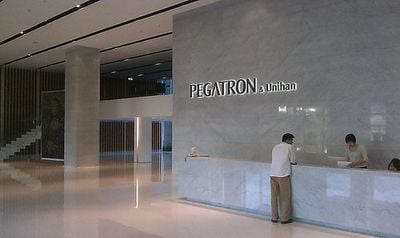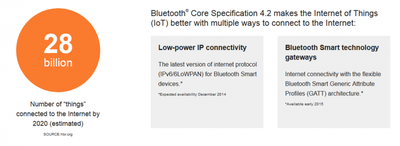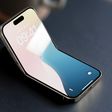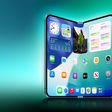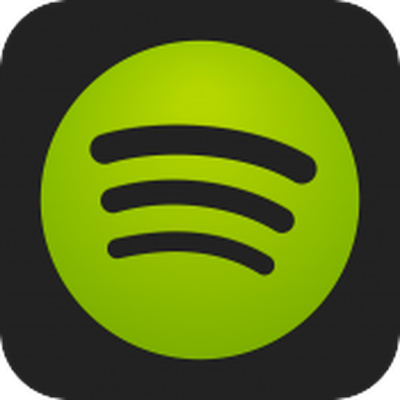 Spotify is trying to boost its subscriber numbers with a holiday promotion that lets customers test drive the service at a minimal monthly cost. The new holiday promotion is available now and offers three months of Spotify Premium for just 99 cents.
Spotify is trying to boost its subscriber numbers with a holiday promotion that lets customers test drive the service at a minimal monthly cost. The new holiday promotion is available now and offers three months of Spotify Premium for just 99 cents.
Spotify Premium is the company's top-tier plan that allows users to download music for offline use, stream while on their mobile devices, and listen without the interruption of advertisements. With Spotify Premium regularly priced at $9.99 per month, the promotion significantly drops the price for new and existing users who have never subscribed to the Premium plan or previously used a free trial. Customers can sign up for the promotion through December 31, allowing holiday gift recipients to take advantage of this offer.
Spotify is a leading streaming music service with more than 12.5 million paying subscribers and 50 million active users. The music service joins Pandora as the top two music apps in the iOS App Store by revenue, beating out Apple's Beats Music, which slips into the third spot. To boost its position, Apple reportedly is planning to overhaul the Beats Music service early next year with a fresh new look integrating into iTunes branding and reduced pricing that may cut the cost of the service in half to as little as $5 per month.



